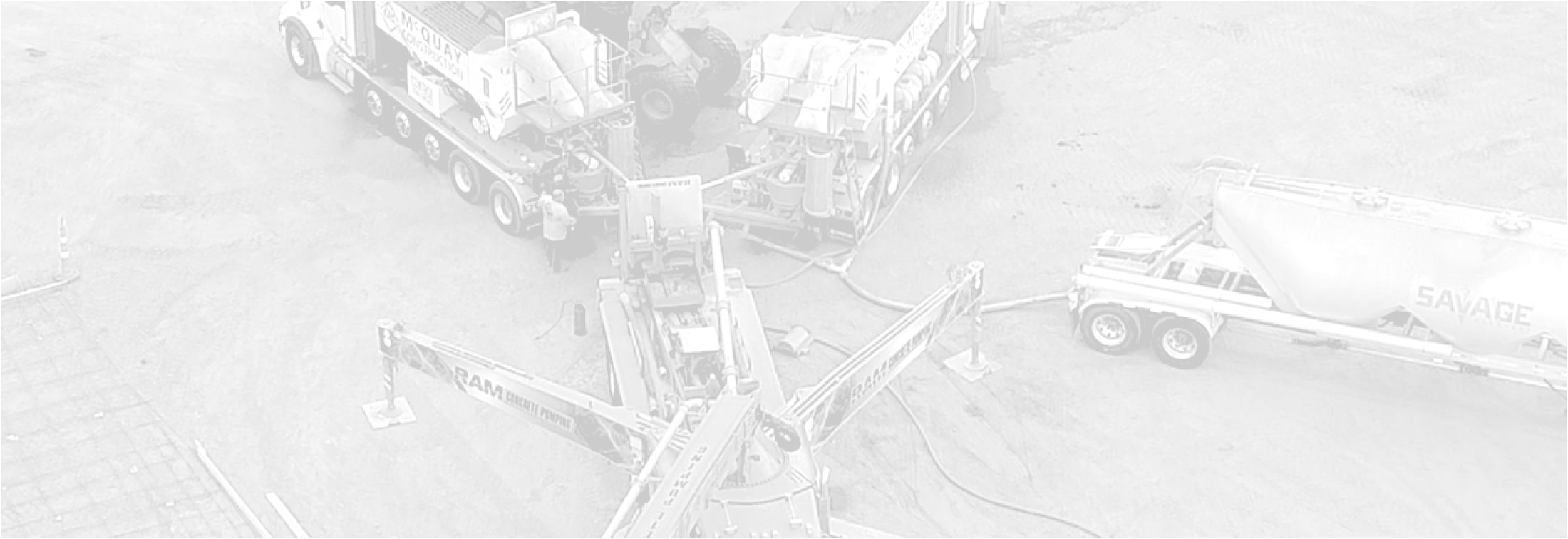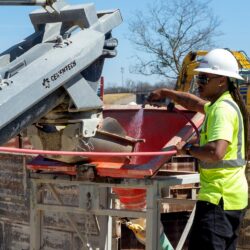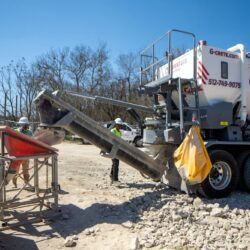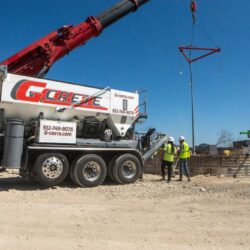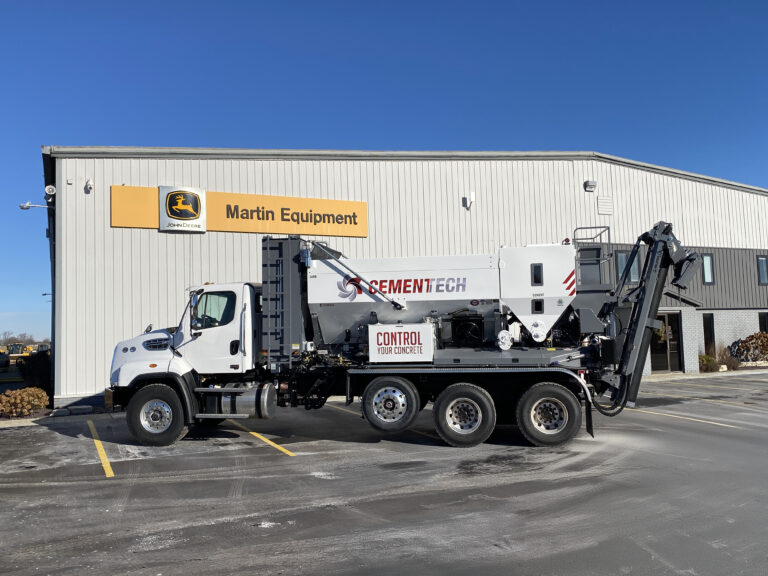G-Crete’s Success with Volumetric Mixers in Utility Work
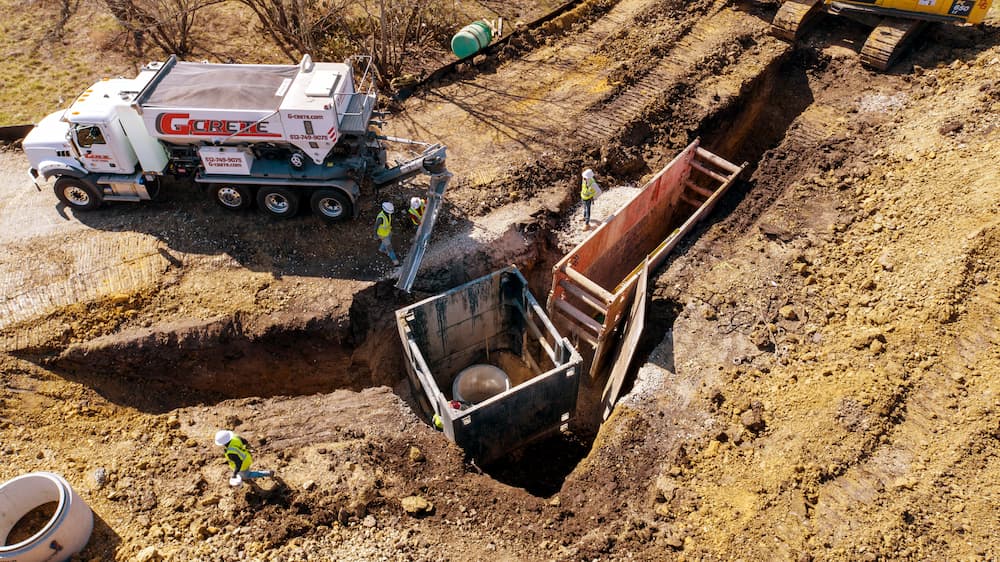
G-Crete and DGuerra Construction have been tackling utility work in the growing city of San Antonio for years. Faced with the challenge of scaling operations to meet demand, they turned to Cemen Tech volumetric mixers. These mixers allowed G-Crete to take on larger projects, increase production, and improve flexibility in scheduling. Seth Bittick, vice president of operations, shared how volumetric mixers have not only saved the company time but also reduced costs by eliminating wait times for concrete deliveries.
With volumetric mixers, G-Crete can deliver concrete exactly when needed, regardless of changing job site conditions. This flexibility allows them to pour different mixes on-site and avoid costly delays. By setting up mobile concrete yards on the job, G-Crete ensures smooth, continuous production, which has proven essential in high-demand projects. As Bittick explained, “The volumetrics allow us to keep moving, even when plans change.”
The company also appreciates the technology that comes with Cemen Tech’s C60 mixers. ACCU-POUR™ helps track material use and makes job management easier, reducing errors and improving communication. “It cuts down a lot of miscommunications,” said Bittick. G-Crete’s reliance on volumetric mixers has streamlined operations, allowed them to meet tight project deadlines, and opened new opportunities for growth.
Download case study

Concrete Solutions for Utility Projects
Discover how G-Crete uses Cemen Tech volumetric mixers to self-supply concrete for large utility jobs.
Volumetric Mixers Play Crucial Role In Updating Utility Infrastructure
All mixers are great when they’re new, but what matters is the support you get as they age. In my opinion, it’s the best mixer on the road with the best customer service.
"*" indicates required fields
